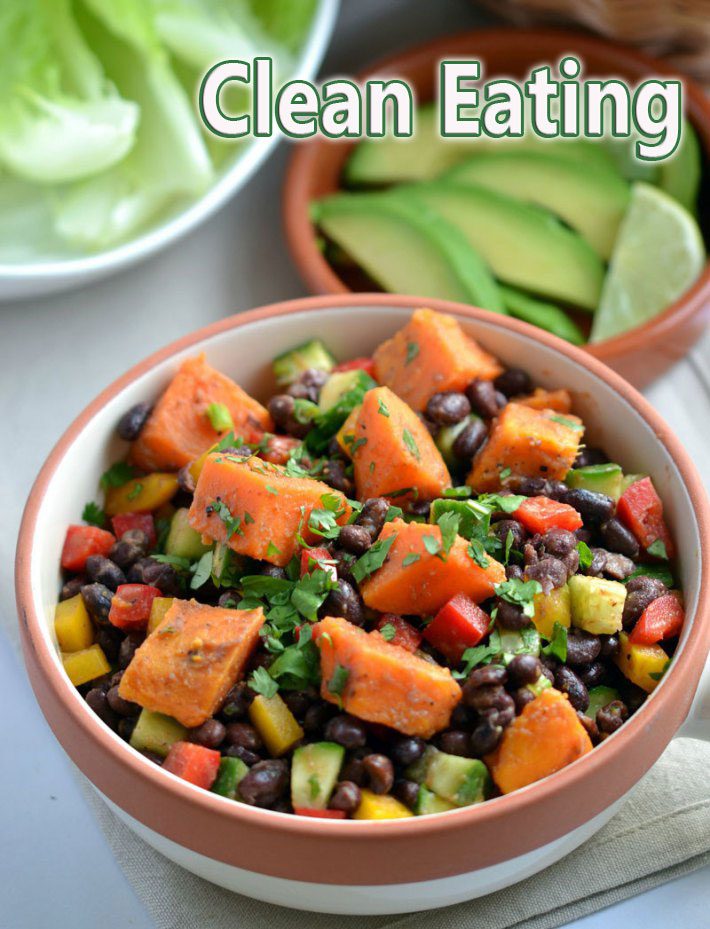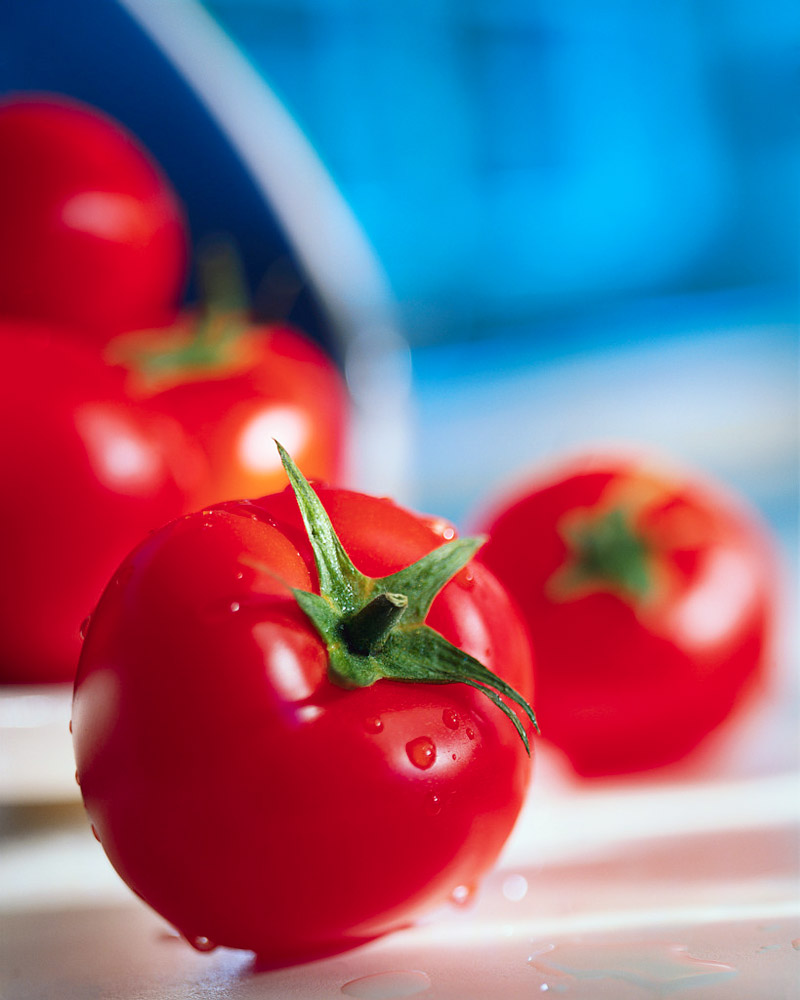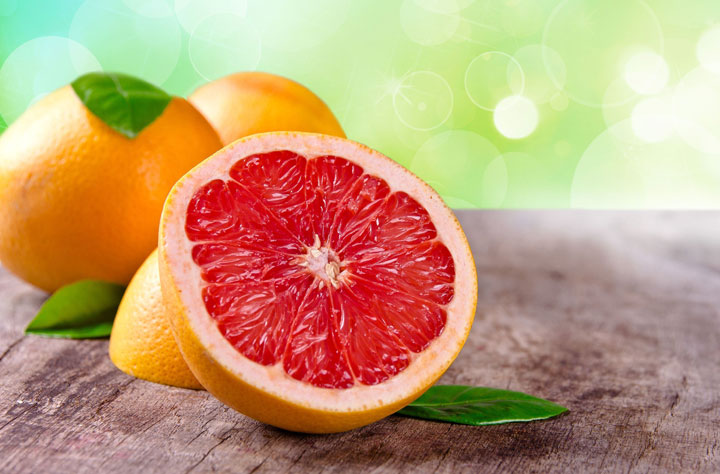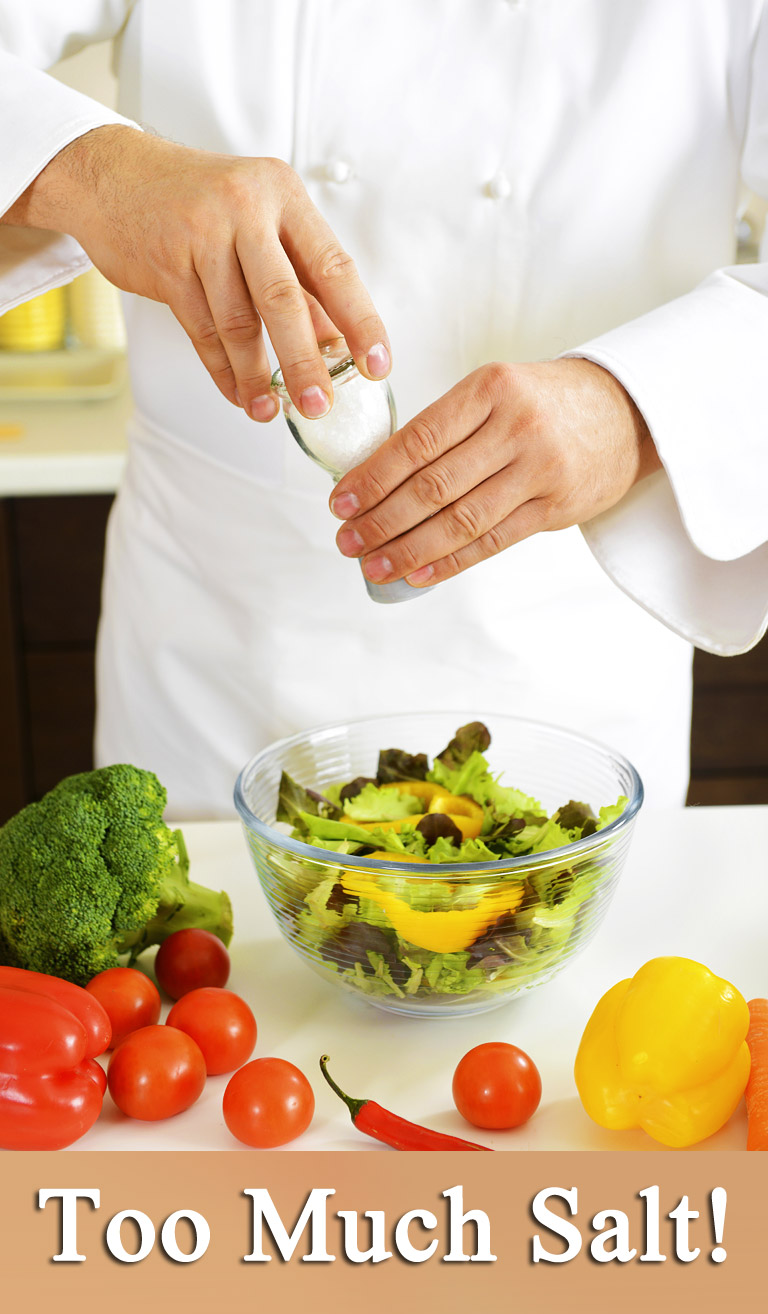
A typical American diet is loaded with sugar, fat, and sodium, which often leads to high blood pressure, low energy, and an unhealthy digestive system. And that’s just for starters. The best way to reduce your risk for many diseases and health issues is to choose natural and minimally processed foods. We call it eating clean, and it’s one of the fundamentals of healthy nutrition.
What Does It Mean to Eat Clean?
Eating clean is about choosing the least processed, most nutrient-dense foods available to you. This means stepping away from the fast food, shopping in the outer aisles of the grocery store, and choosing fresh foods over boxed alternatives.
A clean diet focuses on choosing foods that are low in fat, high in fiber, and loaded with essential vitamins and minerals. Eating the least processed foods helps control blood sugar, stabilizes energy, and provides your body with sufficient amounts of fiber to help with digestion.
Benefits of Eating Clean

Improved Digestion
Clean foods, unlike processed foods, are loaded with natural enzymes that help with digestion. They help decrease inflammation and improve circulation, which helps the body remove waste. These foods are also high in fiber, which is needed to maintain a healthy digestive system.
Increased Energy
The high-fiber, less-processed carbohydrates found in whole grains, vegetables, and fruits are referred to as low glycemic index carbohydrates. The sugar (glucose) in this type of carbohydrate is released slowly, which helps you regulate blood sugar levels and maintain energy.
Weight Loss
Eating a clean, healthy diet can boost your metabolism and help you lose weight. A combination of high-fiber whole grains, vegetables, and fruits will help you feel fuller longer. Replacing unhealthy, processed foods can help you eat less calories overall and increase your fiber intake. Researchers found that people who consumed an additional 14 grams of fiber per day ate 10 percent less throughout the day.
The 80/20 Rule
The 80/20 rule is a key part of the clean eating lifestyle. While it would be ideal to eat the freshest foods all the time, no one has a perfect diet. Adopting the 80/20 rule gives you guidelines for how to eat your healthiest while leaving room to indulge on occasion.
- 80 percent of the time: Eat healthy, nutrient-dense foods like fresh fruits, vegetables, and whole grains.
- 20 percent of time: Eat the foods you enjoy that may not be good for your body—a drink with friends, a sweet treat, or your favorite takeout.
Following the 80/20 rule is a great way to establish habits for a healthier lifestyle. By allowing yourself to enjoy the foods you crave, you’re less likely to have major cravings that send you on an unhealthy eating binge.
Simple Tips for Eating Clean
Shop Smarter
Going into the grocery store without a plan can lead to a diet disaster. Create a plan before you go to the store and you’ll be more likely to fill your cart with healthy, nutrient-dense foods. Use these tips to shop smarter.
- Eat a healthy snack before you go shopping. Going to the grocery store on an empty stomach can lead you right to the junk food aisle.
- Make a list. Planning your meals for the week and making a healthy food list can help you get in and out of the store without getting distracted by unhealthy food options.
- Shop the outer aisles. Most healthy, fresh foods are located along the walls of the store, although there are exceptions for dairy, natural foods, and bread/grain aisles.
Buy Local
Shopping at the farmer’s market is a great way to find locally-grown, in-season foods. You won’t have the temptation of packaged grocery store products, plus you’ll be supporting local farmers and helping the environment.
Keep it Simple
Many packaged products are loaded with chemicals and hard-to-pronounce ingredients. If you can’t decipher the ingredients, why put it in your body?
Decode Food Labels
Trying to eat clean can be tricky, especially when it comes to reading food labels (healthy, organic, lite, reduced). Food packaging is a company’s advertisement. It’s an attempt to lure you into buying their product. So while a product might claim to be healthy, it may be loaded with unhealthy ingredients.
Track What You Eat
Tracking what you eat will keep you motivated to eat well and you’ll see better results. One way to make this process easier: keep a food journal or use a digital tracking tool.
Clean Foods

You should never feel deprived of food just because you’re trying to do what’s healthy. Here’s a short list of healthy foods to help you start eating clean:
Bread, Cereal, and Grains
- 100% whole wheat bread (stone-ground or crushed wheat)
- Pumpernickel, rye, and sourdough
- Quinoa
- Oatmeal
- High-fiber cereal (Kashi or Cheerios)
- Couscous
Fruits and Vegetables
- Leafy greens (collard, spinach, kale)
- Beans (pinto, kidney, black, lima)
- Lentils
- Avocados
- Apples, Bananas, Berries, Kiwis, Oranges
- Dried fruit (raisins, apricots, figs)
Meat, Fish, Nuts, and Dairy
- Nuts: Almonds, walnuts, macadamias, pecans, cashews
- Lean meats: chicken, turkey, beef
- Fish: salmon, tuna
- Dairy: Low-Fat Greek yogurt, fat-free milk, eggs
Eating Clean and Fiber
Fiber is a necessary part of any healthy diet. Loading up on high-fiber, clean foods can keep your heart healthy by lowering cholesterol levels, regulating blood sugar levels, and improving digestion, which can help prevent colon cancer.
So how much do you need? Experts recommend 32 grams of fiber a day. A good way to get enough fiber into your diet is by choosing foods that have at least 3 grams of fiber per serving. If your food of choice doesn’t have 3 grams of fiber, then choose something else. Here’s a quick list of foods that have roughly 3 grams of fiber: a banana, one slice of whole wheat bread, 1/3 of an avocado, 3 cups of romaine lettuce, an apple, or a medium baked potato.





Leave a Reply